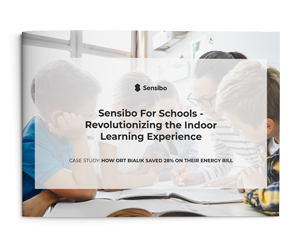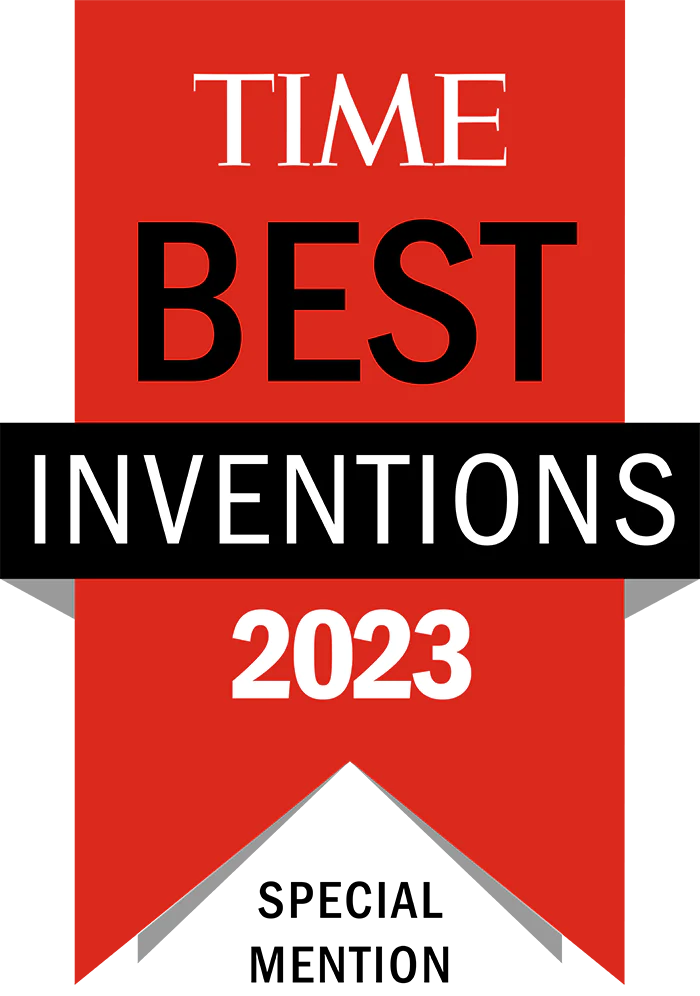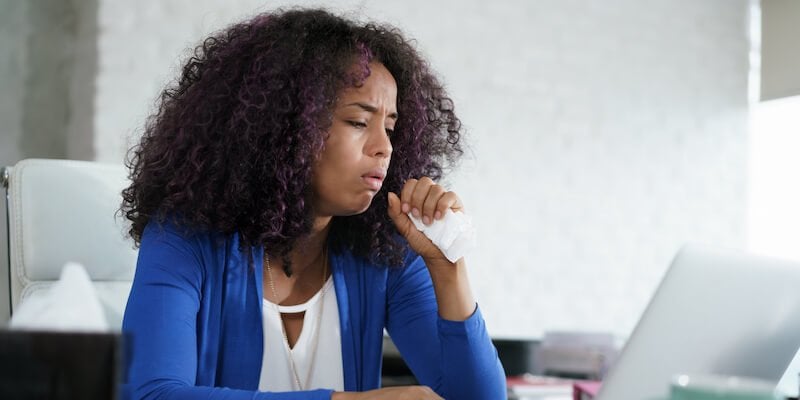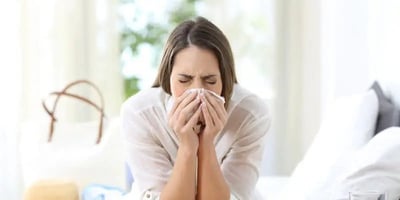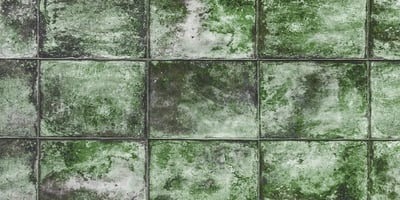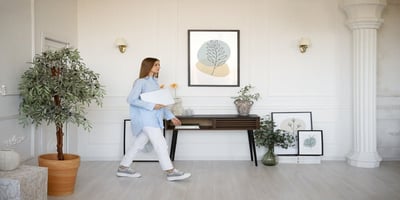Can Your Home Be Making You Sick?
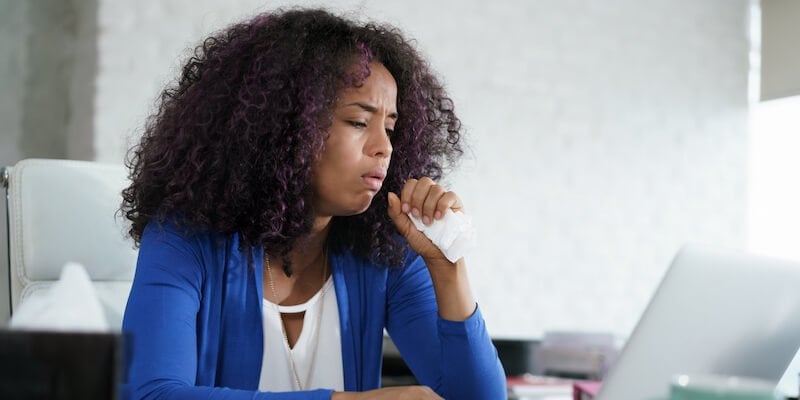
Sick Building Syndrome (SBS) and Air Conditioning Sickness are two groups of disorders linked to poor indoor air quality. Ask the right questions about the symptoms and learn how to reclaim healthy air in your homes.
How many hours a day do you spend in your home?
It’s probably a lot, especially considering the onset of the coronavirus pandemic. According to the USA Environmental Agency (EPA) the average person spends 93% of their time indoors and most of that time, about 87%, inside their homes.However, the reality is that not all homes and buildings are that living friendly. EPA research found that many buildings, built before clear understanding of indoor air quality, were constructed without taking ventilation, sunlight and various other metrics into account and now could be linked to health risks to the people who inhabit them.
Sick Building Syndrome (SBS) and Air Conditioning Sickness, are two groups of disorders that can arise from poorly insulated and low air quality conditions and here’s what you need to know about them:
What is Sick Building Syndrome?
The World Health Organization (WHO) defined Sick Building Syndrome (SBS) as a group of adverse health effects and discomforts experienced by occupants of a building but when occupants leave the building, the symptoms fade. Diagnosing SBS, can be very hard for doctors to pinpoint because the effects are usually acute and familiar. It takes the time in ruling out other risks, leaving many in the meantime, vulnerable to their own homes. And while WHO estimates that 10-30% of all buildings are considered ‘sick’ here’s how to make sure your home isn’t one of them.What are the symptoms of Sick Building Syndrome?
Before we jump into what causes SBS, let’s get into its symptoms. The most common complaints from those who have SBS are associated with acute discomforts like minor headaches, eye, nose and throat irritations, dry and itchy skin, and a dry cough. SBS can also lead to more severe symptoms like dizziness and nausea, chronic fatigue and in rare cases lung disease.As these effects are linked to many other disorders, most people will look to almost every cause before suspecting that their home's may be causing the problem. But if you have a persistent discomfort that almost fleas as you step outside, you may want to consider what might be causing it.
What causes Sick building Syndrome
According to the EPA, the largest factor of Sick Building Syndrome is inadequate air ventilation. Even in new or circulation-friendly constructed homes, the furniture, carpets and interior construction brought in, can lead to the release of potentially harmful particles and volatile organic compounds (VOC). These particles can be easily drawn into a home’s ventilation system, accidentally circulating pollutants into living spaces.Cigarette smoke and outdoor air pollution can also contribute to a home’s level of ‘sickness’, as well as bacteria contaminants like mold, bacteria and viruses. If toxins accumulate to intolerable volumes they can reduce indoor air quality to dangerous levels.
What is Air Conditioning (AC) Sickness?
Air conditioners (AC) are an essential part of any modern home but in some cases they may also be the reason for your stuffy nose. It’s not the air conditioner itself that can cause ailments but the pathogens and pollutants. Air conditioner sickness starts when enough bacteria and mold consume the air and the AC circulates bad air. Additionally, If an AC isn't properly maintained and cleaned its excessive moisture can become a breeding ground for the mold and bacteria to proliferate. So, if you're unsure when the last time you cleaned your AC filters, you may want to see if they’re the reason for any mysterious discomforts.
What are the symptoms of AC Sickness
As with SBS, the symptoms of AC sickness are easy to notice but hard to associate them to poor air quality within the home. These include, breathing and respiratory issues, cold or allergy-like symptoms, dry and itchy skin, irritated eyes, prolonged headaches and dizziness and in some cases increased blood pressure overtime. The only way to really diagnose any of these acute ailments with your conditioners, is by cleaning the units and seeing if your symptoms wane.What causes AC sickness?
As air conditioners aren’t the cause themselves to their namesake sickness, its main concern are the pathogens and airborne pollutants in the air. And low air quality paired with unmaintained and dirty AC filters exacerbate the problem. Air conditioners can become a problem if you run your AC on very cold for long periods of time. Too cold environments are breeding grounds for cold-like viruses who favor the cold temperatures, and can make your body more susceptible to those viruses. That’s because the cold causes our arteries to constrict to prevent heat loss but in doing so, reduces the flow of blood in our bodies, including the flow of white blood cells, the cells that makeup our immune system that protect us from pathogens.How to keep your home's air healthy
Whether it's one reason or another, there are several factors that could be contributing to the overall indoor air quality of your home that could lead to sick building syndrome or AC sickness. And while moving is most likely not an option, there are easy steps you can take if you suspect you may have an unhealthy home.Identify potential indoor pollutants
Firstly, it’s recommended by the EPA to do a walkthrough of your home and identify products and items that could be releasing pollutants into the air. This includes many cleaning products, paints and your gas oven. That’s why you should store common household sources of pollutants and VOCs in outside sheds or garages away from living spaces and keep windows open while you cook.Clean Your Air conditioner filters
Your air conditioner has built in AC filters, to collect dust particles from recirculating into the air, but if you don't clean them, their protection becomes obsolete. Dust, bacteria, mildew and mold can start collecting and growing in the filters and compromise on air quality. If routine cleaning sounds like a dirty job, you can invest in easy to clean options. Disposable antiviral AC filters can be applied to existing filters to add an extra layer of micro-pollutant protection. These filters are low cost and can easily be replaced allowing for easier AC maintenance.Improve indoor air quality with an air purifier
Air purifiers can be an extremely effective tool in sanitizing the air as they actively remove airborne contaminants from circulation. However not all air purifiers are built the same, with some being more effective than others. Air purifiers made with high efficiency small particulate (HEPA) technology are preferred as they are the best at catching even the smallest pollutants in their filters. It’s important to remember that air purifiers have filters too that need to be replaced.While conditions like Sick Building Syndrome and Air Conditioning Sickness might be new to you and alarming, keeping a healthy home is not hard to achieve. Plus there are ways to make the process even easier with smart purifying and AC systems. With everything connected to Sensibo’s app, reminders to replace and clean filters, control of AC usage and temperature, and notifications of low air quality present, Sensibo’s smart products can help keep you in control of your home's air quality effortlessly allowing you to keep up with a healthy home.






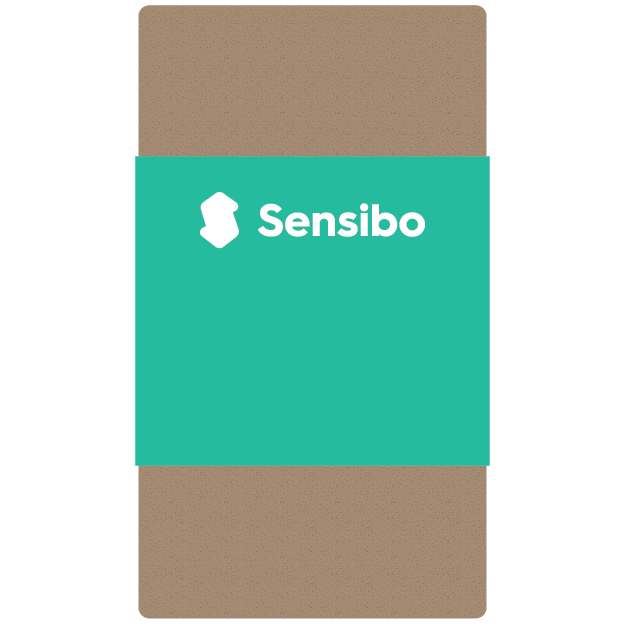








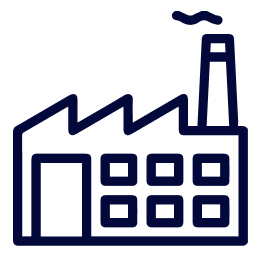

.png?width=300&height=248&name=how-hotels-can-embrace-sustainability-and-cut-operational-expenses%20(1).png)
